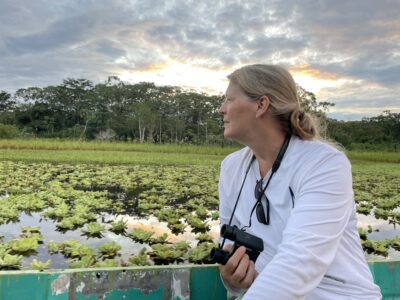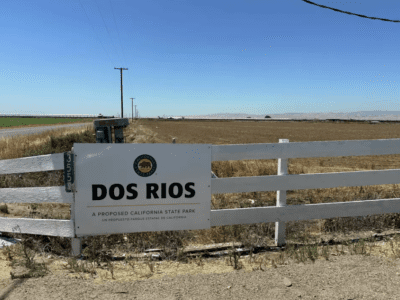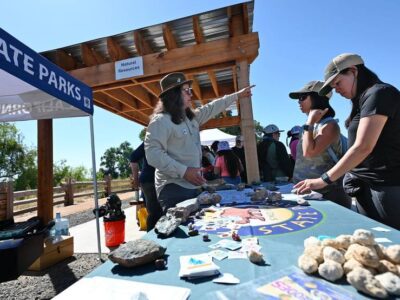The Colorado River once supported thriving desert sanctuaries of riverside forests filled with cottonwoods, mesquite, and willow that supported abundant native birds, insects, mammals, and other wildlife. Today, 92% of the wetlands historically found in the Colorado River Delta have dried up due to upstream water diversion.
Moreover, an invasive, thirsty tree known as saltcedar dominates riparian communities along the lower Colorado River and infests over a million acres in the southwestern United States.
Also known as tamarisk, this deciduous tree can suck up to 200 gallons of water per day from the ground and a single large tamarisk can consume 73,000 gallons of river water a year, if enough water is present. That’s about 70% of what the typical U.S. household uses in a year. Saltcedar consumes groundwater supplies, concentrates salt in the soil which is harmful to both plants and animals, increases fire intensity, decreases plant diversity, and reduces habitat value for birds and fish. Millions of dollars are spent each year trying to control its spread.
- Planting trees and walking away isn’t enough to restore quality habitat for struggling wildlife and vibrant communities. Long-term success requires robust monitoring to understand what’s working, and what changes are needed.
- Thanks to funding from the U.S. Bureau of Reclamation, River Partners is studying our restoration efforts at the Cibola National Wildlife Refuge more than 10 years after planting.
- The invaluable lessons learned from studying our efforts at the refuge will be put to good use as we scale our work in Southern California into the Imperial Valley, including riverways that feed the shrinking Salton Sea, which supports critical habitat for birds along the Pacific Flyway.
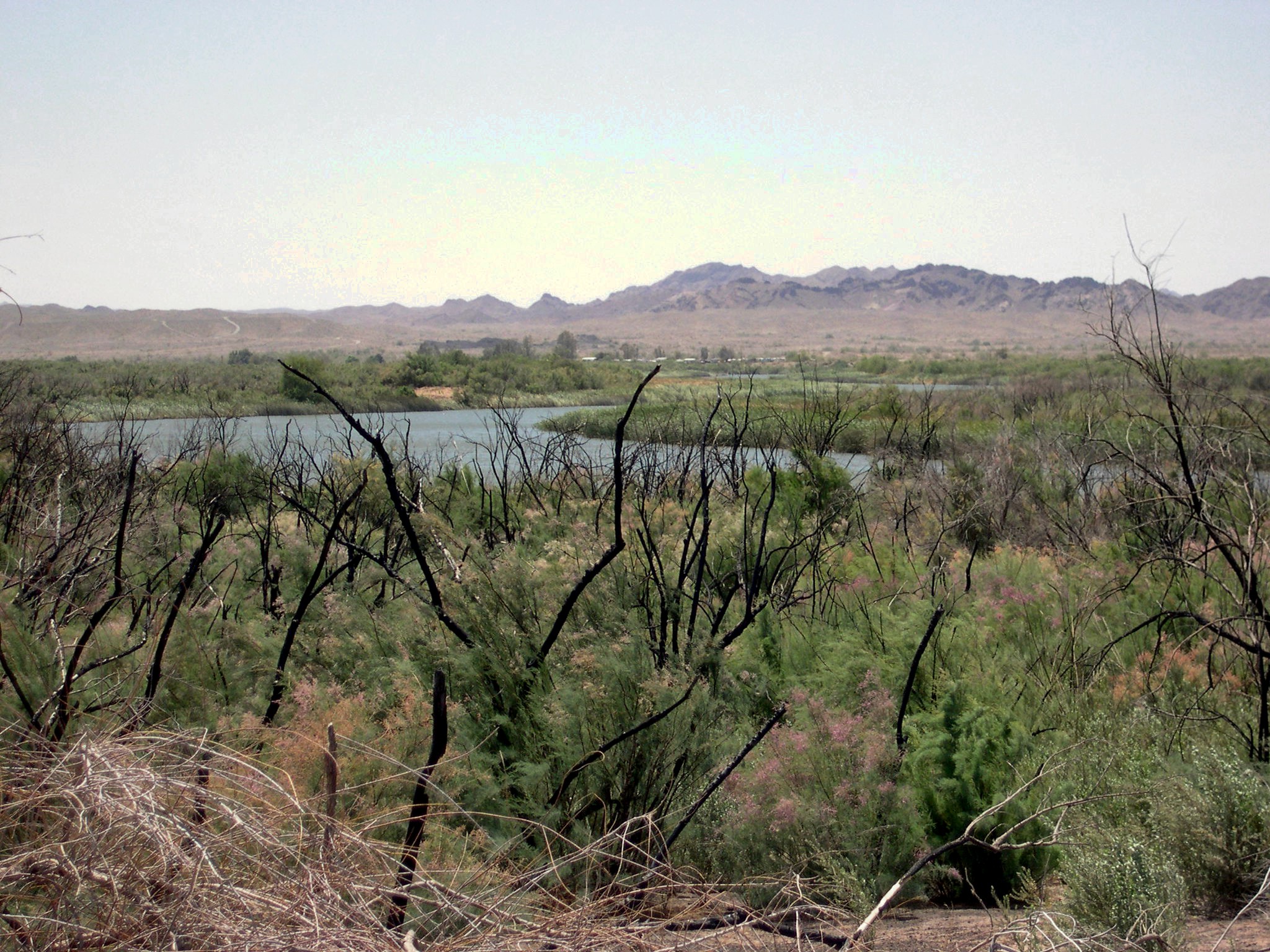
Zoom into the lower Colorado River on a map and straddling the border between Arizona and California you’ll find a 55-acre restoration site at Cibola National Wildlife Refuge. You’ll also find a glimmer of hope in the severely degraded landscape.
In January 2009, River Partners broke ground on a project at the refuge designed to transform a sea of invasive trees and hot, dry desert back into a thriving floodplain forest where desert-dwelling pollinators, birds, reptiles, amphibians, and other wildlife could thrive once again.
It worked. After restoring the site, maintaining it for several years and then letting it run wild, native plants now dominate the landscape, and wildlife has returned.
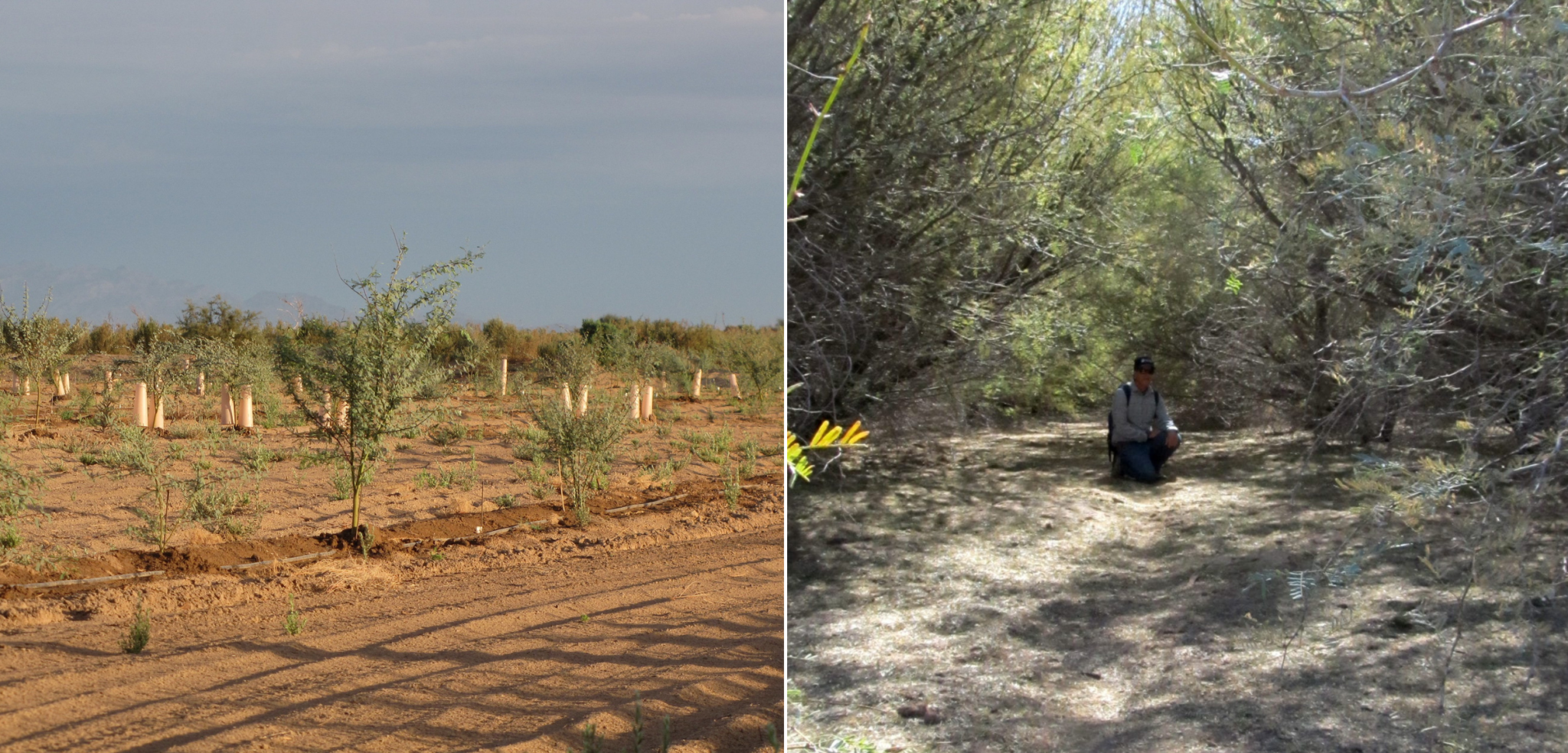
“Our Cibola project is a postage stamp along a critical migratory pathway, and no one knows about its incredible success story,” says River Partners Ecologist Emma Havstad. “We now have a proven solution to address tamarisk infestation and provide refuge where temperatures are lower for wildlife and people.”
Our teams are celebrating the success at Cibola—a proven concept that can be applied to thousands of acres of land covered by invasive saltcedar across the region. But, we’re not taking off our field boots quite yet.
Painting A Picture of Success
To confirm the project’s tremendous success, we must visit the site years after implementation to see how the landscape is responding. Planting trees and walking away isn’t enough to restore quality habitat. Robust, long-term monitoring that provide key insights and learning are the cornerstone of our restoration success.
Yet, securing funding for monitoring is the exception, not the rule. We knew Cibola was working, but we needed data to paint a more detailed picture, and one that we could learn from to maximize investments in future restoration throughout California.
With a grant from the U.S. Bureau of Reclamation, we were able to conduct long-term monitoring to study Cibola over 10 years after planting. We started our year-long study in March 2022, including pollinator monitoring, bird counts, coverboards for counting reptiles and amphibians, wildlife cams, acoustic recording to get more detailed bird information, and soil and air temperature sampling to compare microclimates of restored versus unrestored areas.
Once complete, we’ll have seasonal snapshots of the land, providing invaluable insights we can apply to thousands more acres of habitat we’ll restore.
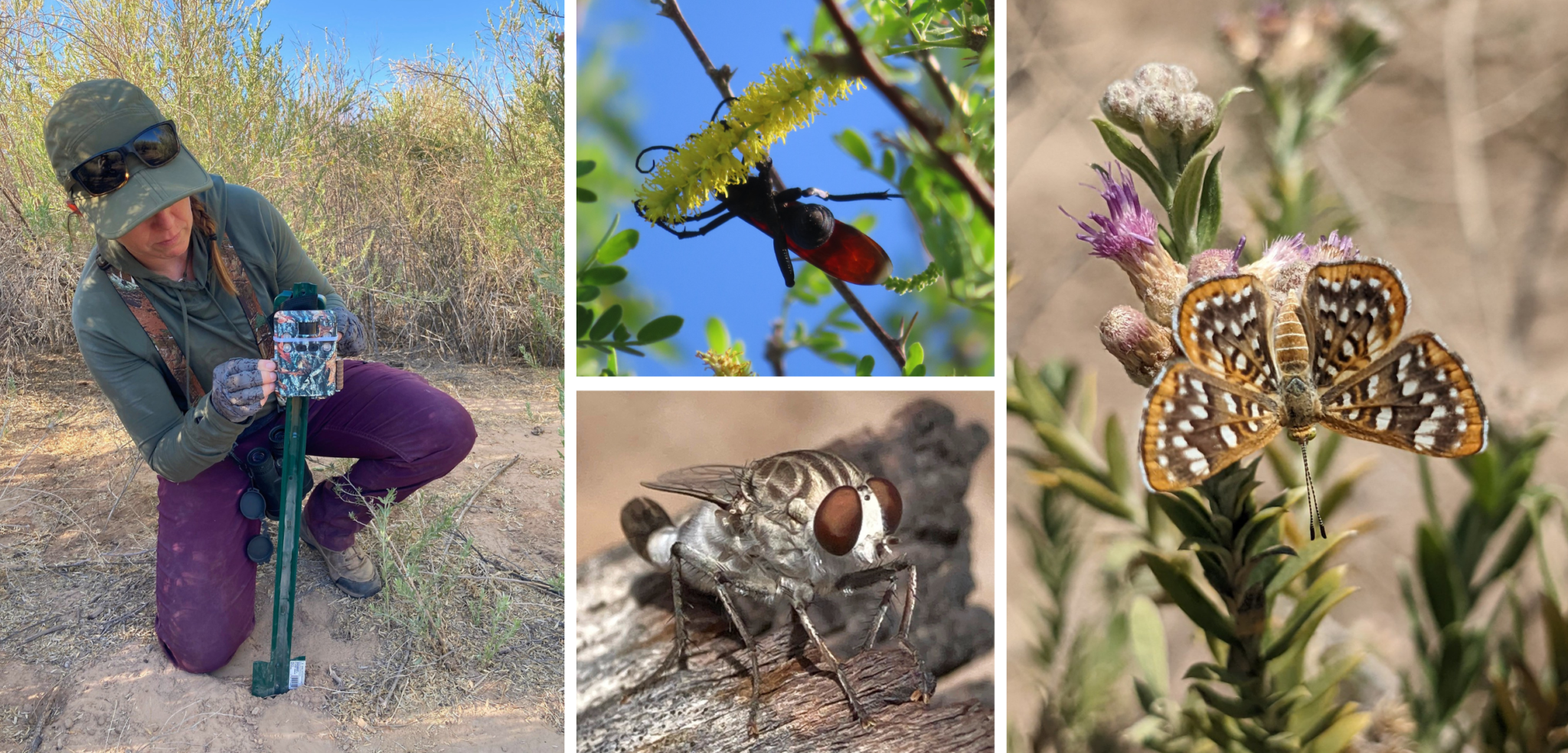
Already, we’ve seen an incredible return of native wildlife, including insects, birds, and reptiles. We’ve recorded a call from a Lucy’s warbler, the only warbler to nest in Southwest deserts. Beautiful and threatened birds we’ve documented utilizing the restored habitat at Cibola include Loggerhead shrikes, verdins, black-tailed gnatcatchers, yellow-breasted chats, and Abert’s towhees.
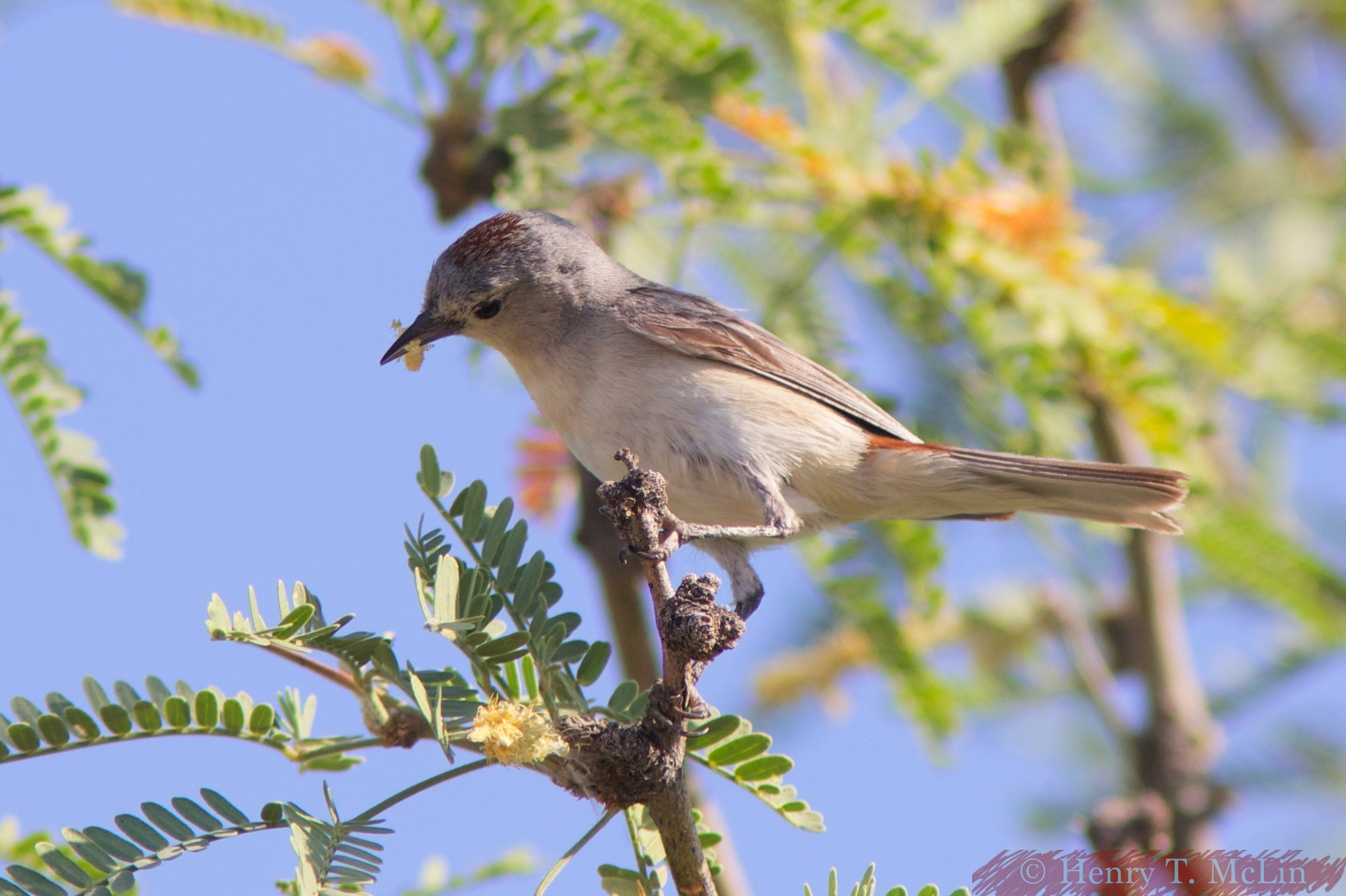
“When you’re out at Cibola, it will be 110 degrees outside,” says Havstad. “The sun is reflecting off the soil, and it’s just baking. Then you go into our restoration site, and it’s a closed canopy mesquite forest with a good diversity. It’s cooler under there, and way more pleasant. Many species of wildlife benefit from that as much as I do.”
Scaling our Success
For River Partners, success at the Cibola Wildlife Refuge has always been a symbol of what needs to be achieved at scale.
We recently received a $1.8 million grant from the California Department of Fish and Wildlife to restore a stretch of the Alamo River in Imperial County prior to it draining into the shrinking Salton Sea. Like the lower Colorado River, River Partners will address saltcedar infestation and restore native mesquite woodlands to improve wildlife habitat.
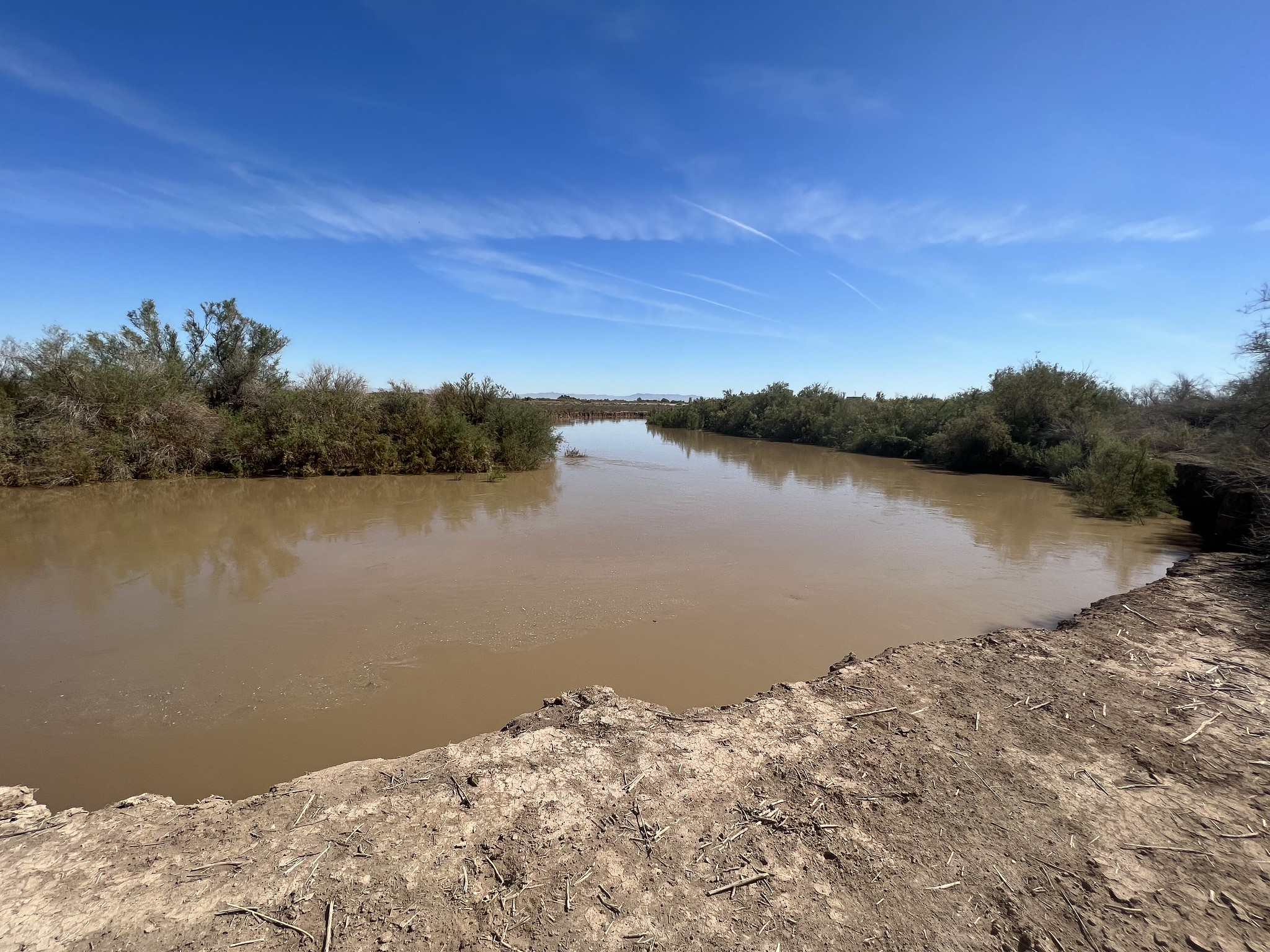
Armed with our success at Cibola addressing saltcedar, we aim to help address on one of the state’s most dire environmental catastrophes. Increased salinity from the receding Salton Sea causes fish kills and bird die-offs, and the shrinking shoreline exposes Riverside and Imperial County residents to toxic dust storms whipping up from the dry lakebed. Our efforts to revive the mesquite forests along the nearby Alamo River will compliment current wetland restoration led by public agencies at the edge of the Salton Sea.
Reviving rivers on the brink and transforming them into places where nature, wildlife, and humans can thrive is what River Partners is here to do. We want to make sure we’re making a lasting, tangible difference for California’s environment and communities.
Effective long-term monitoring to maximize our restoration returns is how we ensure we’re getting the right plant in the right place at the right time.
Banner Photo: Cibola National Wildlife Refuge © ALAN SCHMIERER / Public domain, via Wikimedia Commons


